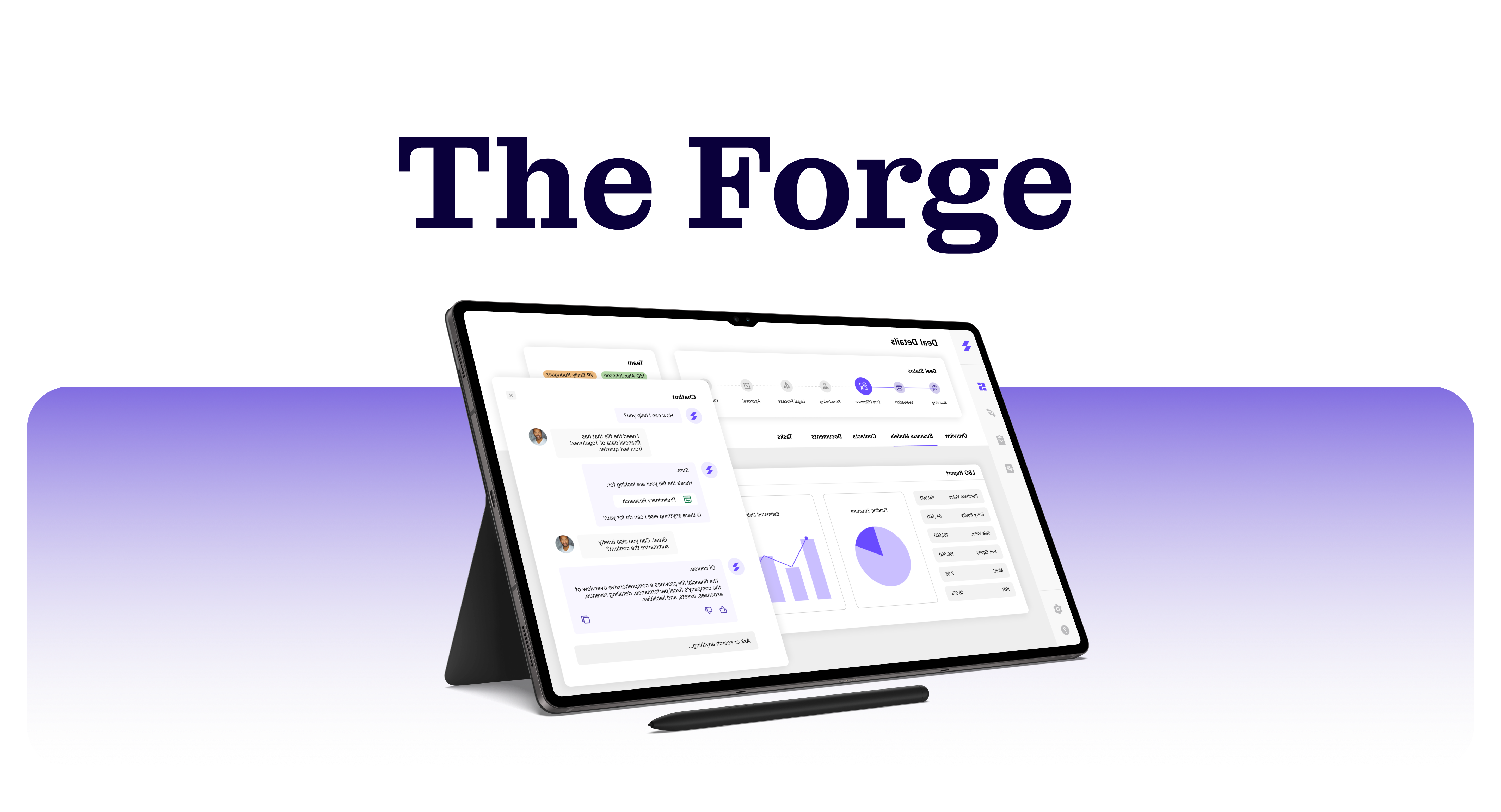

Third Prize Winner of the Fintech Challenge
@ University of Michigan, Ross School of Business
UX Designer - User research, UX design, Visual design
Jiayi Huang, UX Designer
Adnan Rashid, Project Manager
Arjun Srivastava, Business Analyst
Sabrina Guan, Accountant
Ihsaan Yasin, Engineer
Jan 2024 - Feb 2024
In the University of Michigan Ross Fintech Challenge, I led UX design for a three-week sprint to create an innovative fintech product. Building on limited existing research, I conducted additional user interviews to uncover pain points and validate our assumptions. Through rapid prototyping, we developed a solution that earned third place in the competition.
My work bridged research gaps, transformed user insights into actionable designs, and helped shape our product concept into a compelling prototype.
The finance industry is famous for extremely long working hours. This applies to private equity as well. Noticing the problem, our team conducted some initial research and discovered that many hours are wasted on administrative tasks.

Time worked per week

Time spent on managing emails and administrative task
To find out where the real issue lies, we first conducted some desktop research to outline the workflow of an analyst.
Then, to understand what tools analysts currently use and whether these tools are sufficient in addressing their needs, we examined competitors and analyzed their features.
Here are three problems that stood out to us:
Analysts face a complex workflow with no visibility on stages of investment.
Reliance on Google Drive and Excel leads to information overload and high communication needs.
Present deal modeling platforms typically specialize in one or two areas of financial analysis, database management, or workflow optimization.


To better understand users’ struggle, we interviewed 2 analysts, 2 associates, and a VP currently working in private equity and looked into their everyday workflow and identified pain points for each stage of deal management.
.png)
Analysts and associates typically work on multiple deals at the same time. Constantly switching between them makes it challenging to effectively manage deal progress.
.png)
When an analyst leaves, it takes a great deal of time and effort for the next person to catch up with deal context and understand the custom workflow of their predecessor. Unnecessary time is wasted in the process.
.png)
For each deal, analysts are faced with countless documents and spreadsheets, leading to considerable time wasted in searching for the correct data or resource.
.png)
Analysts report that for each deal, they need to create numerous financial models, often repeating the same process for different stages of the deal. Most of the time, they are building these models from scratch.


While MDs and VPs will be purchasing the product, our platform primarily targets analysts and associates who handle the majority of deal processing tasks. MDs and VPs will have access to analysts’ and associates’ work to better track deal progression.








During our final presentation for the fintech challenge, two of the judges have professional experiences in Private Equity. They pointed out that there are similar deal management tools that experienced significant friction in the adoption process. To find out why people are resisting using these tools and what pain points are not addressed, we need to conduct more field research to observe how target users interact with these tools in their real working environments.
